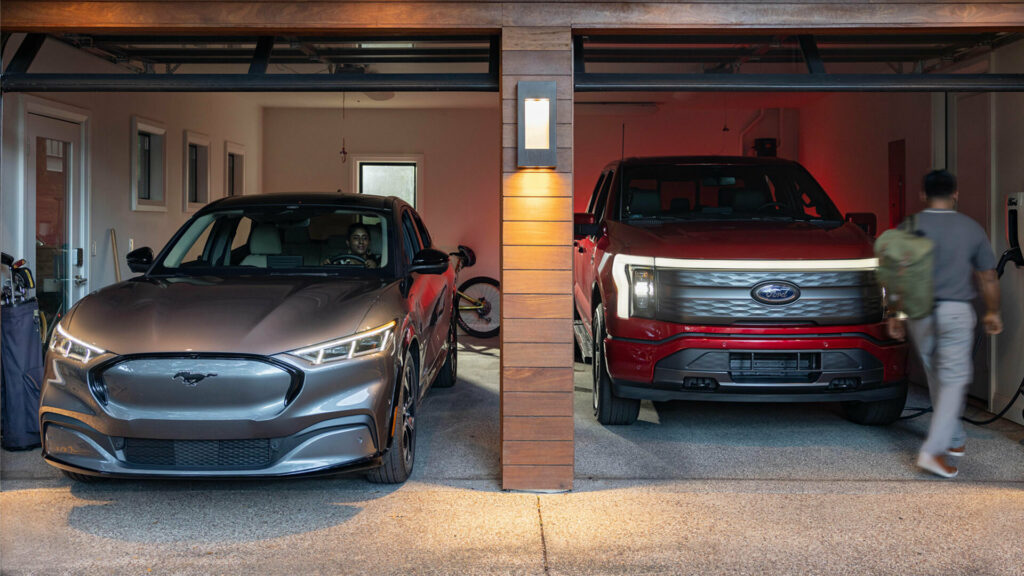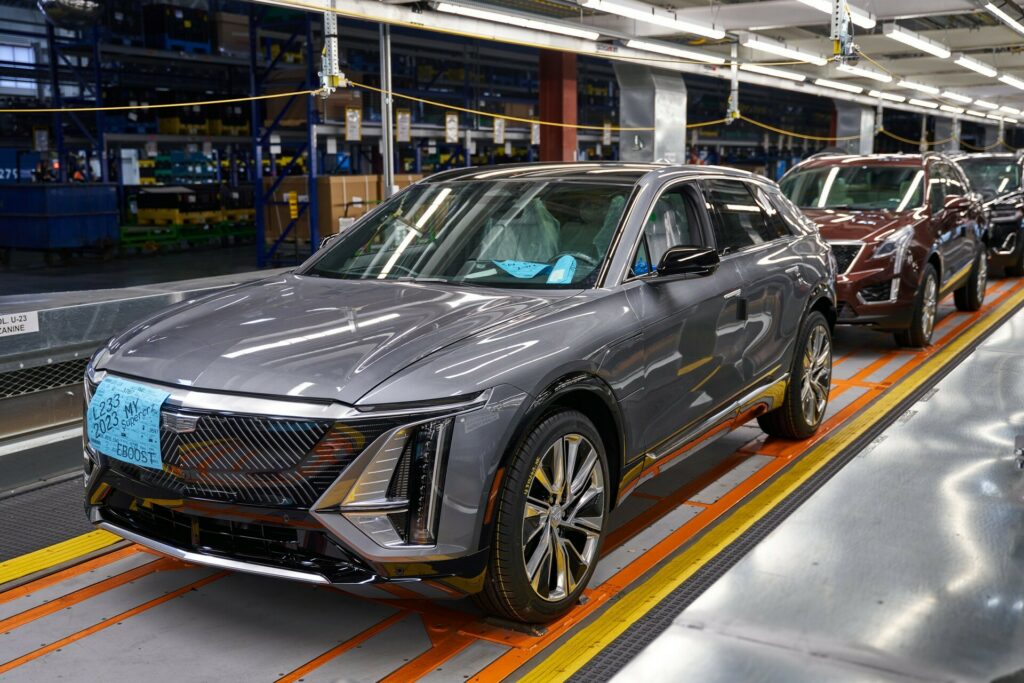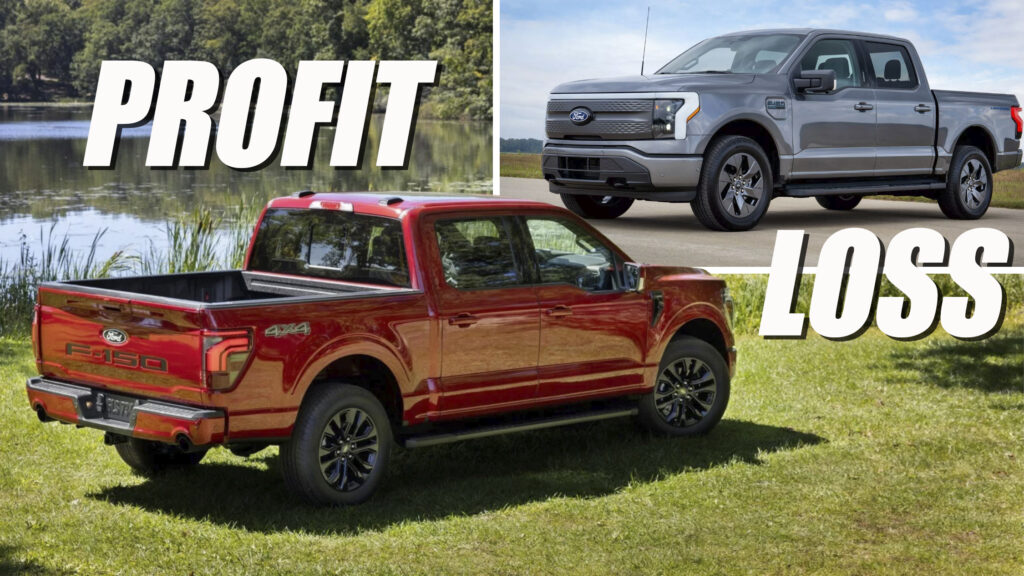- Bank of America’s Car Wars report predicts drivetrain mix volatility over the next few years.
- Automakers are torn between EVs and ICEs, with profitability on electric cars some generations away.
- A reduction in EV offerings is expected, while investments in electric are predicted to continue.
This week, we delved into Bank of America’s Car Wars 2024 report, which paints a challenging road ahead for the American auto industry. The report advises the Big 3 (General Motors, Ford, and Chrysler) to reconsider their Chinese market presence. It also predicts significant uncertainty for automakers as they navigate the complex landscape of powertrain options, struggling to determine the optimal mix for their product lines.
Following rapid investments in EVs, consumer demand has begun to taper off, prompting a rethink from many of the industry’s leading manufacturers. While electric offerings are still predicted to increase, the report envisages that EVs and hybrids will make up 60 percent of the 2025-2028 model years.
More: Bank Of America Advises Detroit’s Big 3 To Ditch China
That’s a reduction of four percent from last year, which may not sound like a lot, but it means that only 113 EV models are expected to be on sale, down from 148 nameplates last year.
This shift signifies the industry seemingly extending the shelf life of the internal combustion engine (ICE). One major component of this is that ICEs continue to make money, whereas many legacy automakers have yet to strike profitability with their EV offerings.
EVs are being hindered by high component costs, and the likes of Ford and General Motors will need to continue introducing new ICE models to fund the development of EVs. The report predicts that a portfolio approach of combustion, hybrids, and EVs will become the new norm for most manufacturers.

However, this isn’t as much of a concern for Tesla. The most popular EV maker in the US has significantly reduced its component costs. “There’s a $17,000 component cost delta, at least by our estimates, between Tesla and the incumbents on their EVs,” said John Murphey, senior automotive analyst at Bank of America Securities. Speaking to Autonews, Murphey went on to say, “There’s a tremendous amount of work for the incumbents to do to reduce their EV costs and remain competitive with Tesla.”
Read: BMW Says Gas-Powered Cars Here To Stay Alongside EVs For Years To Come
Profitability for EVs is on the horizon, but according to Murphey, it may take a couple of generations to achieve. For example, Ford is unlikely to make sufficient strides in cost reduction with its next generation of EVs. Murphey told The Detroit News that achieving cost competitiveness will likely necessitate a subsequent third generation, possibly four to five years from now.
While manufacturers are not expected to decrease their investments in EVs, they may adopt a more cautious approach as they strive to catch up with market demands.





